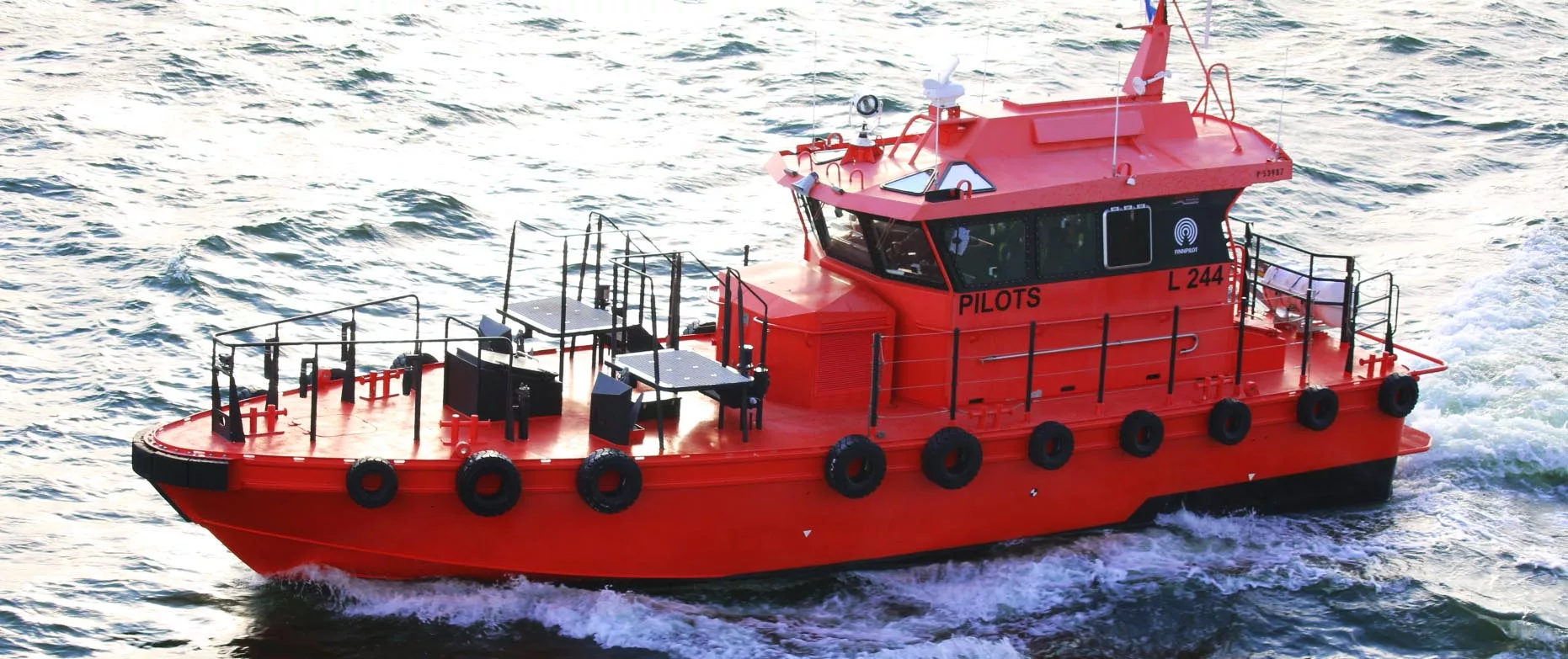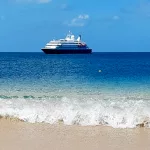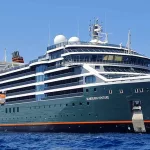A question that often crops up in our industry is, “Are cruises safe?”. In truth, cruises are one of the safest ways to travel.
Statistically speaking
A study by G.P. Wild shows that while worldwide cruise ship capacity has increased by more than 55% since 2009, the number of significant incidents onboard has decreased by 37%. G.P. Wild defines a ‘significant incident’ as one in which a passenger or crewmember suffers a fatality or serious injury, and the ship incurs a 24-hour delay to the itinerary as a result.
According to another report published by the same organisation, cruising has fewer fatalities per billion passenger miles than any other mode of transport. In 2011, the most recent year for which data is available, the cruise industry saw a 0.08 passenger fatality rate. That compares with 0.8 for air travel, 3.3 for those travelling by car and 11.9 for the railway.
But how do cruise lines ensure safety at sea?
With around 20 million people cruising each year, the safety of passengers and crew is paramount. According to the Cruise Lines International Association (CLIA), there are four critical approaches to ensuring safety at sea:
Training – All crewmembers receive robust safety, security and first aid training to prevent and respond to emergencies. That includes mandatory refresher training each time they board a new ship.
Scrutiny – No travel sector is as closely monitored or scrutinised as the cruise industry. Oversight begins with design and construction. The International Maritime Organisation (IMO), flag and port state authorities and classification societies all provide strict safety guidelines and management throughout a ship’s entire operation.
Improvement – CLIA and its members continually review operational procedures to improve safety processes and technologies and attend regular meetings with an independent panel of experts comprising top maritime professionals.
Precautions – In case of malfunction, all cruise ships must carry enough lifeboats and life rafts to accommodate 125% of the passengers onboard. All survival crafts must be regularly tested and meet strict international guidelines, and lifeboats must be able to be loaded and launched within 30 minutes of a captain’s order.
All cruise ships, regardless of where they sail, operate under the same international guidelines outlined under the International Convention for the Safety of Life at Sea (SOLAS), which regulates everything from fire safety to maritime security. We’ve included a few points on each below.
Fire safety
Generally, fire safety is not something to be concerned about on a cruise ship. Small fires may break out, but this is very rare and almost never compromises the safety of passengers or crew. Chances are, you won’t even know when a fire has broken out since the majority occur in the engine room and are taken care of before passengers need to be alerted.
In any case, cruise ships are equipped to deal with such incidents. For example, a vessel with a 2,700-guest capacity will carry around:
- Five firefighting marshalls
- 4,000 smoke detectors
- 500 fire extinguishers
- 16 miles of sprinkler piping
- 5,000 sprinkler heads
- Six miles of fire hose
Maritime security
It’s also extremely rare for a crime to occur onboard a cruise ship. Cruise Critic asked readers, “Have you ever been affected by a minor or major crime on a cruise ship?” to which 90% answered no.
Another common concern amongst cruisers is the likelihood of falling overboard, but it is almost impossible to fall overboard by accident. All cruise ships must adhere to strict guidelines regarding the height of railings and balconies. Sadly, the vast majority of cases whereby a passenger falls overboard occur as suicides.
While cruise lines put great effort into maintaining safety onboard with the addition of security staff and cameras, passengers must accept some degree of responsibility. General rules such as not accepting drinks from strangers and locking your cabin door behind you apply as much on a cruise ship as anywhere else.
In summary
As cruise ships have increased in size, they have introduced more safety measures. On average, a cruise ship will undergo more than 60 safety, environmental and health inspections each year to ensure it is able to protect the health and safety of passengers and crew by:
- Following safety standards and codes of practice
- Ensuring the safety of machinery and equipment
- Making sure the vessel is safely manned and all workers have the necessary qualifications
- Having the right emergency procedures and equipment
- Providing health protection and medical care
- Conducting regular risk assessments
- Monitoring maritime safety information broadcasts
- Consulting with workers on health and safety matters





